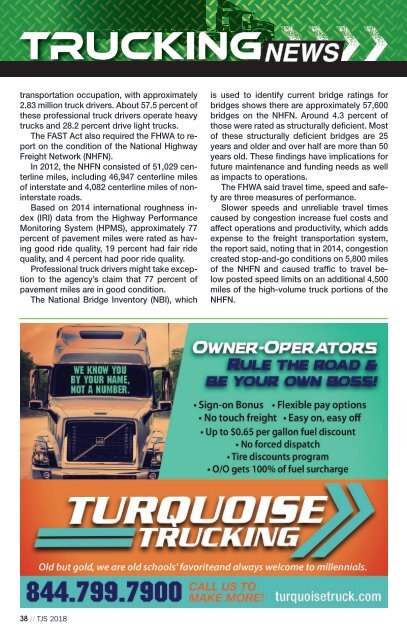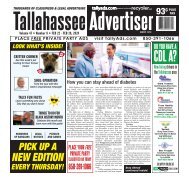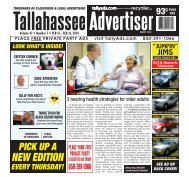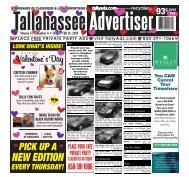TJS1018
Create successful ePaper yourself
Turn your PDF publications into a flip-book with our unique Google optimized e-Paper software.
TRUCKINGNEWS<br />
transportation occupation, with approximately<br />
2.83 million truck drivers. About 57.5 percent of<br />
these professional truck drivers operate heavy<br />
trucks and 28.2 percent drive light trucks.<br />
The FAST Act also required the FHWA to report<br />
on the condition of the National Highway<br />
Freight Network (NHFN).<br />
In 2012, the NHFN consisted of 51,029 centerline<br />
miles, including 46,947 centerline miles<br />
of interstate and 4,082 centerline miles of noninterstate<br />
roads.<br />
Based on 2014 international roughness index<br />
(IRI) data from the Highway Performance<br />
Monitoring System (HPMS), approximately 77<br />
percent of pavement miles were rated as having<br />
good ride quality, 19 percent had fair ride<br />
quality, and 4 percent had poor ride quality.<br />
Professional truck drivers might take exception<br />
to the agency’s claim that 77 percent of<br />
pavement miles are in good condition.<br />
The National Bridge Inventory (NBI), which<br />
is used to identify current bridge ratings for<br />
bridges shows there are approximately 57,600<br />
bridges on the NHFN. Around 4.3 percent of<br />
those were rated as structurally deficient. Most<br />
of these structurally deficient bridges are 25<br />
years and older and over half are more than 50<br />
years old. These findings have implications for<br />
future maintenance and funding needs as well<br />
as impacts to operations.<br />
The FHWA said travel time, speed and safety<br />
are three measures of performance.<br />
Slower speeds and unreliable travel times<br />
caused by congestion increase fuel costs and<br />
affect operations and productivity, which adds<br />
expense to the freight transportation system,<br />
the report said, noting that in 2014, congestion<br />
created stop-and-go conditions on 5,800 miles<br />
of the NHFN and caused traffic to travel below<br />
posted speed limits on an additional 4,500<br />
miles of the high-volume truck portions of the<br />
NHFN.<br />
38 // TJS 2018

















